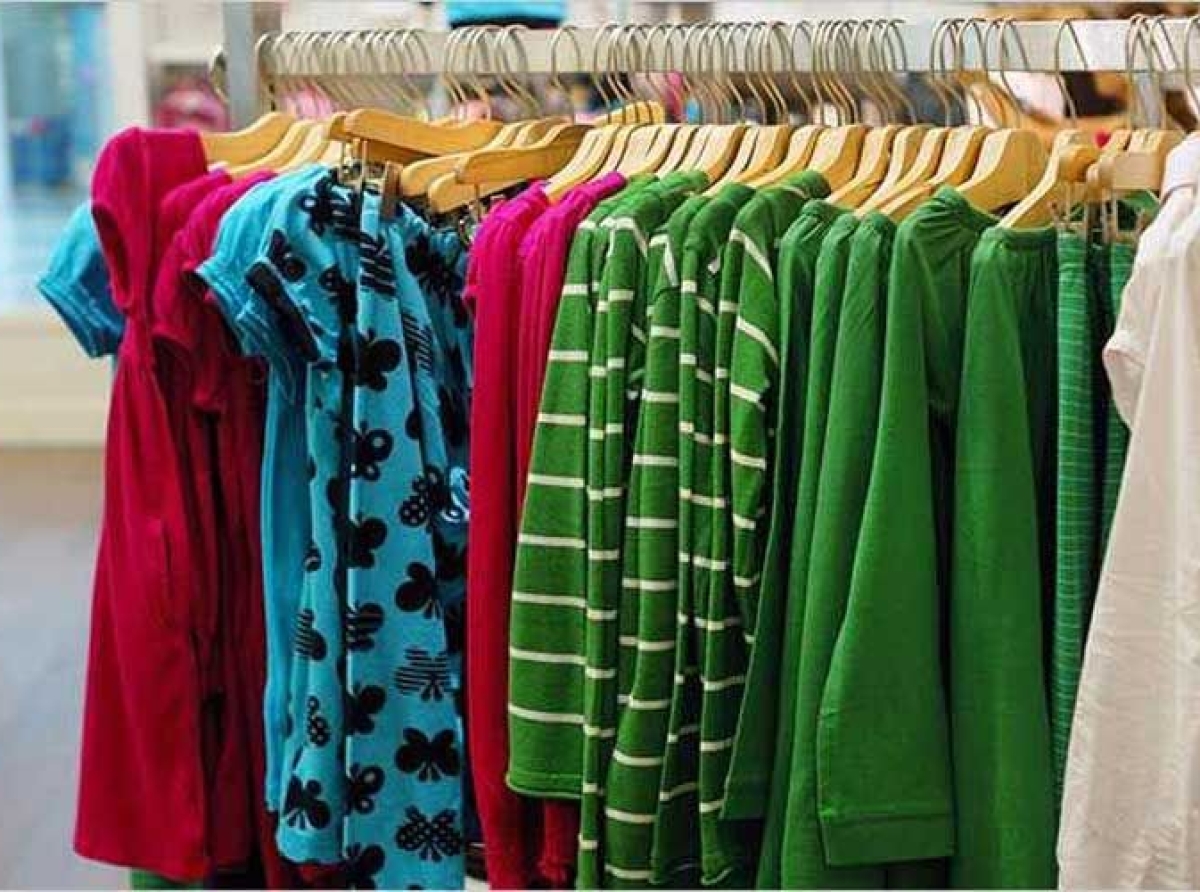The Indian textile and apparel sector has strengths across the whole value chain, from fibre, yarn, and fabric to clothing. The market for textiles and apparel in India is highly diversified, with a significant amount of it made up of traditional handloom, handicrafts, wool and silk products, as well as organised textile industries.
Snapshot
The use of expensive machinery for the mass manufacture of textile products distinguishes India's organised textile industry, which includes spinning, weaving, processing, and garment production.
From April 2016 to March 2021, Japan, Mauritius, Italy, and Belgium will have contributed the most foreign direct investment (FDI) to India's textile industry.
Growth graph
India's textile and apparel/garments (T&A) exports, which include handicrafts, reached a record high of $44.4 billion in FY 2021–22, a significant rise of 41% and 26% over the corresponding amounts in FY 2020–21 and FY 2019–20, respectively. 5.8 million farmers and 40–50 million workers in related industries depend on cotton production.
Additionally, the $75 billion domestic consumption was broken down into $55 billion for garments, $15 billion for technical textiles, and $5 billion for home goods. At the same time, exports included $12 billion in garment exports, $4.8 billion in home textile exports, $4 billion in fabric exports, $3.8 billion in yarn exports, $1.8 billion in fiber exports, and $2 billion in other exports.
Global view
The United States accounted for 27% of all exports, followed by the European Union (18%), Bangladesh (12%), and the United Arab Emirates (6%). The value of RMG exports of all textiles was $988.72 million in October 2022, and the importance of exports of handicrafts, excluding hand-made carpets, was $98.05 million.
In October 2022, exports of cotton yarn, fabrics, made-ups, and other products were $719.03 million. On Government-e-Marketplace, 1,77,825 weavers and artisans are registered (GeM).
Apparel pie
In India, the market for children's clothing is valued at Rs 81,900 crores and is anticipated to expand at a CAGR of 8.5% during the following five years. The kid's wear market is expected to grow in the future years as a result of the rapidly increasing number of children in India as well as specific factors like the growing trend of the nuclear family system, increased spending on children, higher brand awareness among children, and better focus on this segment by organized players. Even though it is now primarily unorganized, this sector closely follows the men's and women's segments to become India's next organized garment sector.
Employers Employees dynamics
The industrial relationship is a function of Employers' Employees for understanding the underlying robustness of any workplace to gauge the deeper issues of workforce productivity and sound business health and its sustainable future industrial therefore doesn't surprise many have been visibly used at times as a credible/alternative label for the reasonable academic field of industrial relations.
The article is a humble description The term underscoring & underpinning the factor that industrial relations per se are not restricted alone to the theme of prospective trade union/s also a sanguine reflection/reference of the broad pattern in the realms of employee management, quite entailing/entrancing the methodology of quite literally straight/strategic communication and employee involvement that explicitly implies/unambiguously target the individual workers.

























